French painter and lithographer born in 1907 in Paris 14th and died in 1997 in Paris 15th.
Artistic director in art publishing, advertising designer and bookplate designer, sharing it with a second workshop in the Château de Montgermont in Pringy. He signed his paintings in capital letters.
André Flament restores “a childhood without stories and of which there would be nothing to say except that it was entirely focused on drawing and painting”. He decided to devote his life to this vocation when, at the age of 13, he obtained the highest reward in the drawing competition opened by the City of Paris to the best students from all municipal schools. In 1921 he entered the Germaine-Pilon School of Applied Arts where his masters were Robert Wlérick in sculpture, Jules Chadel (1870-1942) in drawing and Pierre-Paul Montagnac (1883-1961) in decoration.
After a brief stint at the École nationale supérieure des beaux-arts in 1924, also after his temperament felt divided between Cubist temptation and the refocusing towards classicism favored by the advice of Pierre Laurens and André Favory, Marcel Chassard entered in the artistic department of the Draeger printing works in Montrouge in 1925. Returning there in 1929, the year he married Janine Schmidt, after two years of military service in the 34th aviation regiment of Le Bourget, to work there with artists like Jean Piaubert and Victor Vasarely, he assiduously attended evening classes at the Académie Colarossi where he received advice from Othon Friesz.
In 1933, the year of the birth of his daughter Colette, he was director of the journal Synthese. In order to illustrate bibliophilic publications, he produced his first lithographs at Fernand Mourlot. Then he became artistic and technical director of the magazine Le Jardin des modes in 1936. For Claude-Saulvy, if daily realities forced Marcel Chassard to practice a profession, he knew how to keep, from the ten years spent at Draeger, a contribution including his talent took advantage. And it is perhaps to the disciplines of layout and printing processes that he owes his qualities of balance and construction and also this calm and sure force which emanates from his canvases.
Mobilized in 1939, while his recent paintings evoke vacations in the Basque Country, Corrèze and Switzerland, Marcel Chassard is a reserve officer cadet. In 1942, he took courses at the Académie de la Grande Chaumière. His first meeting with Jean Jansem dates from 1945. In a lasting friendship, the two artists painted landscapes and nudes together, as well as, reciprocally, a portrait of one by the other.
If the year 1947 inaugurates a period of forty years of exhibitions, the post-war shows an artist always in search of deepening his knowledge, in particular through the approach of two masters who have nothing in common except fascinate him.
Sandro Botticelli, whom he really discovered in museums during a trip to Italy in 1947, and Lyonel Feininger in 1959.
Meanwhile, in 1957, he met Camille Hilaire whose monograph he edited with a text by Robert Rey.
Montgermont Castle in Pringy.
From this period, the painting of Marcel Chassard expresses the attraction of Seine-et-Marne.
Setting up a workshop in the Château de Montgermont in Pringy, he painted landscapes stretching from Moret-sur-Loing to Misy-sur-Yonne and participated in the annual exhibitions organized by Guy Isnard in Barbizon. If paintings from 1970 to 1987 still reflect some more distant vacations, Marcel Chassard shows through his last exhibition, in Paris in April 1991, that his real favorite theme, the one he always loved, was indeed the eternal feminine.
Pittore e litografo francese nato nel 1907 a Parigi 14° e morto nel 1997 a Parigi 15°.
Direttore artistico nell'editoria d'arte, disegnatore pubblicitario e disegnatore di targhette, che condivideva con un secondo laboratorio nel castello di Montgermont a Pringy. Firmava i suoi dipinti in lettere maiuscole.
André Flament ci restituisce "un'infanzia senza storie e di cui non ci sarebbe nulla da dire se non che era interamente incentrata sul disegno e sulla pittura". Decise di dedicare la sua vita a questa vocazione quando, all'età di 13 anni, ottenne il massimo riconoscimento al concorso di disegno indetto dalla città di Parigi per i migliori studenti di tutte le scuole municipali. Nel 1921 entrò alla Scuola di Arti Applicate Germaine-Pilon dove i suoi maestri furono Robert Wlérick per la scultura, Jules Chadel (1870-1942) per il disegno e Pierre-Paul Montagnac (1883-1961) per la decorazione.
Dopo un breve periodo all'École nationale supérieure des beaux-arts nel 1924, anche in seguito al fatto che il suo temperamento si sentiva diviso tra la tentazione cubista e il riorientamento verso il classicismo favorito dai consigli di Pierre Laurens e André Favory, Marcel Chassard entrò nel 1925 nel dipartimento artistico della stamperia Draeger di Montrouge. Tornato lì nel 1929, anno in cui sposò Janine Schmidt, dopo due anni di servizio militare nel 34° reggimento dell'aviazione di Le Bourget, per lavorare con artisti come Jean Piaubert e Victor Vasarely, frequentò assiduamente i corsi serali dell'Académie Colarossi dove ricevette i consigli di Othon Friesz.
Nel 1933, anno della nascita della figlia Colette, fu direttore della rivista Synthese. Per illustrare le pubblicazioni bibliofile, realizza le prime litografie presso Fernand Mourlot. Nel 1936 diventa direttore artistico e tecnico della rivista Le Jardin des modes. Per Claude-Saulvy, se la realtà quotidiana costringeva Marcel Chassard a esercitare una professione, egli seppe conservare, dai dieci anni trascorsi presso Draeger, un contributo che comprendeva il suo talento. Ed è forse alle discipline dell'impaginazione e dei processi di stampa che egli deve le sue qualità di equilibrio e di costruzione e anche questa forza calma e sicura che emana dalle sue tele.
Mobilitato nel 1939, mentre i suoi ultimi dipinti evocano vacanze nei Paesi Baschi, a Corrèze e in Svizzera, Marcel Chassard è un cadetto ufficiale della riserva. Nel 1942 segue i corsi dell'Académie de la Grande Chaumière. Il suo primo incontro con Jean Jansem risale al 1945. In un'amicizia duratura, i due artisti dipingono insieme paesaggi e nudi e, reciprocamente, un ritratto dell'uno da parte dell'altro.
Se il 1947 inaugura un periodo di quarant'anni di mostre, il dopoguerra mostra un artista sempre alla ricerca di approfondimenti, in particolare attraverso l'avvicinamento a due maestri che non hanno nulla in comune se non il fascino.
Sandro Botticelli, che scopre realmente nei musei durante un viaggio in Italia nel 1947, e Lyonel Feininger nel 1959.
Nel frattempo, nel 1957, incontra Camille Hilaire di cui cura la monografia con un testo di Robert Rey.
Il castello di Montgermont a Pringy.
Da questo periodo, la pittura di Marcel Chassard esprime l'attrazione della Seine-et-Marne.
Stabilendo un atelier nel castello di Montgermont a Pringy, dipinge paesaggi che si estendono da Moret-sur-Loing a Misy-sur-Yonne e partecipa alle mostre annuali organizzate da Guy Isnard a Barbizon. Se i dipinti dal 1970 al 1987 riflettono ancora alcune vacanze più lontane, Marcel Chassard dimostra con la sua ultima mostra, a Parigi nell'aprile del 1991, che il suo vero tema preferito, quello che ha sempre amato, era proprio l'eterno femminino.

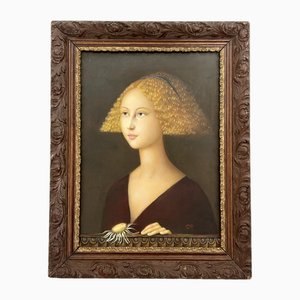


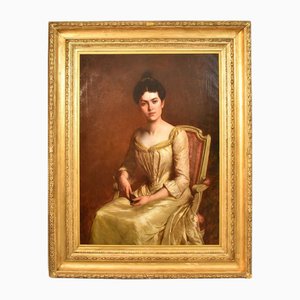


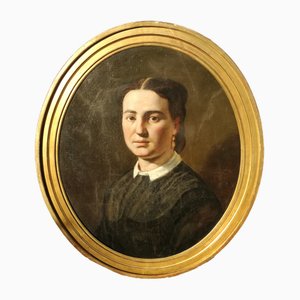


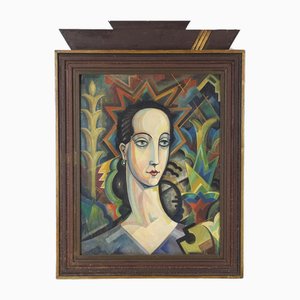
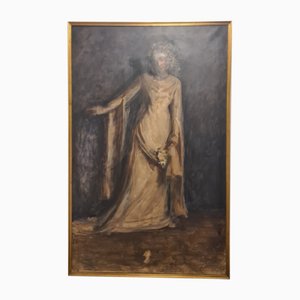
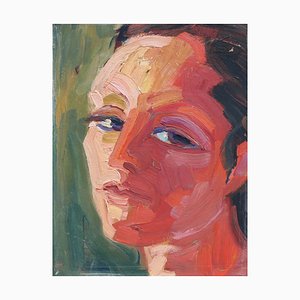
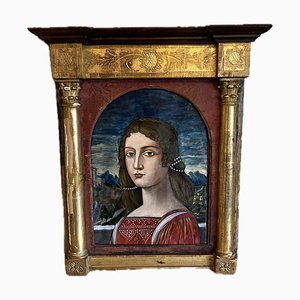



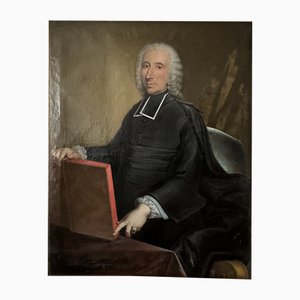
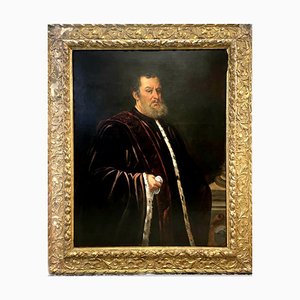
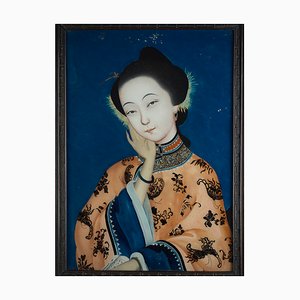

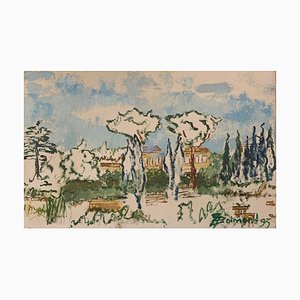

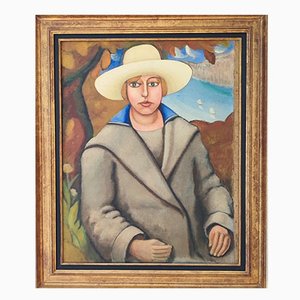
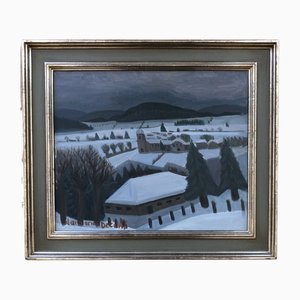

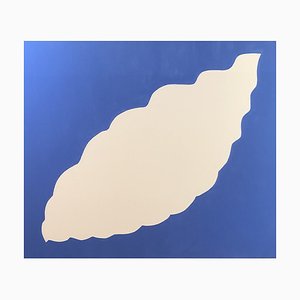

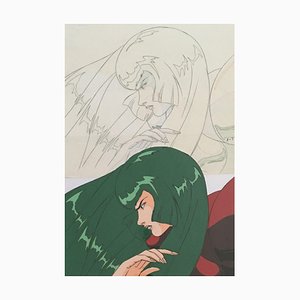
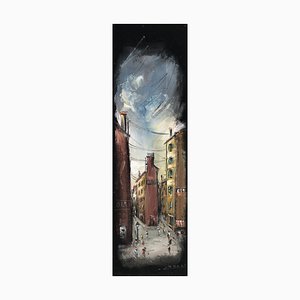
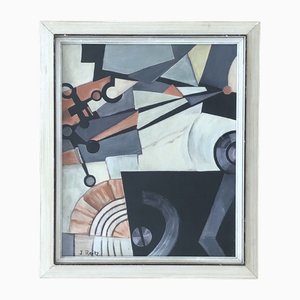
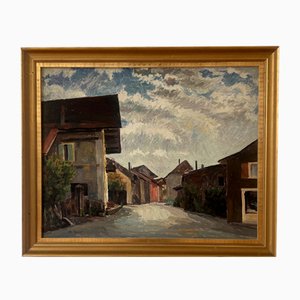
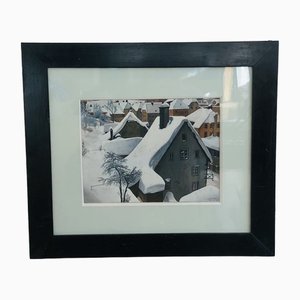

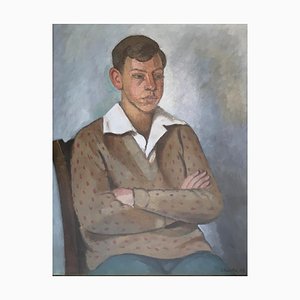
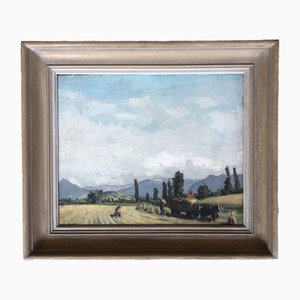
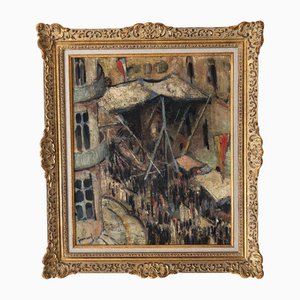
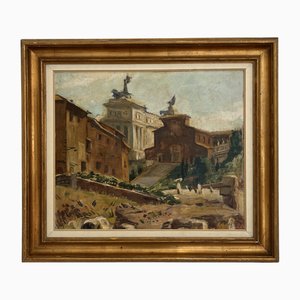
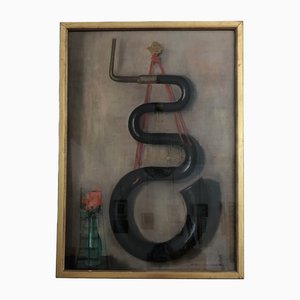

Contattaci
Fai un'offerta
Abbiamo notato che sei nuovo su Pamono!
Accetta i Termini e condizioni e l'Informativa sulla privacy
Contattaci
Fai un'offerta
Ci siamo quasi!
Per seguire la conversazione sulla piattaforma, si prega di completare la registrazione. Per procedere con la tua offerta sulla piattaforma, ti preghiamo di completare la registrazione.Successo
Grazie per la vostra richiesta, qualcuno del nostro team vi contatterà a breve.
Se sei un professionista del design, fai domanda qui per i vantaggi del Programma Commerciale di Pamono